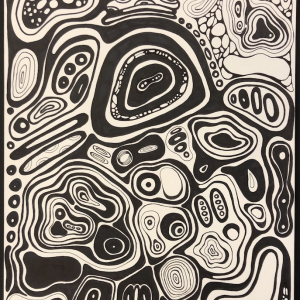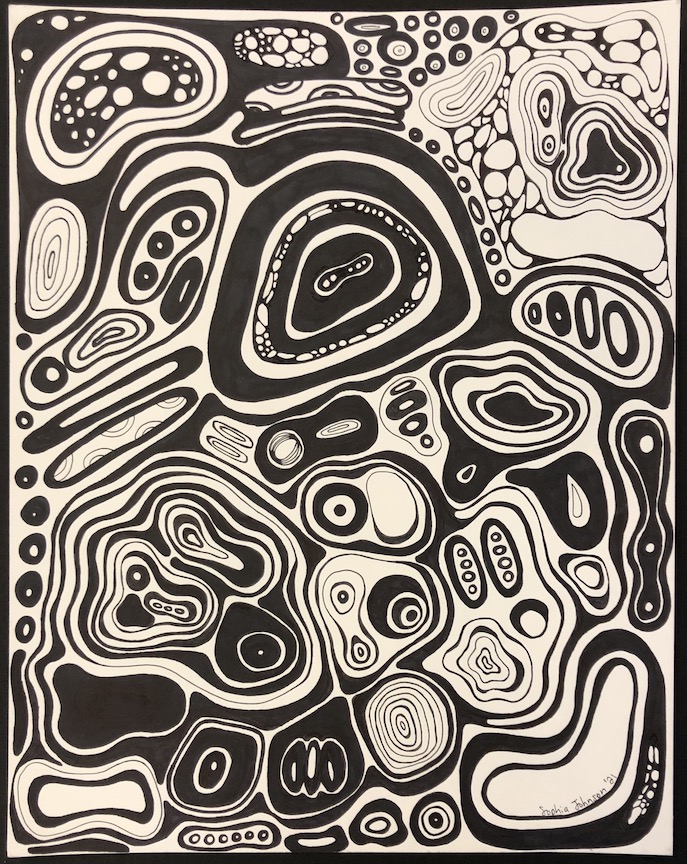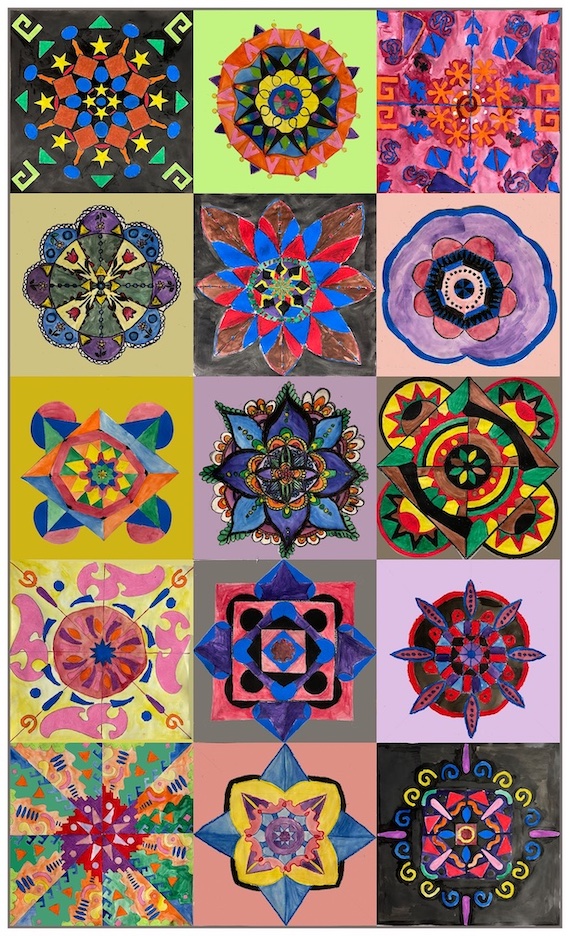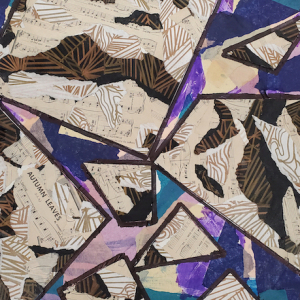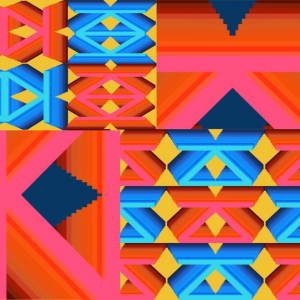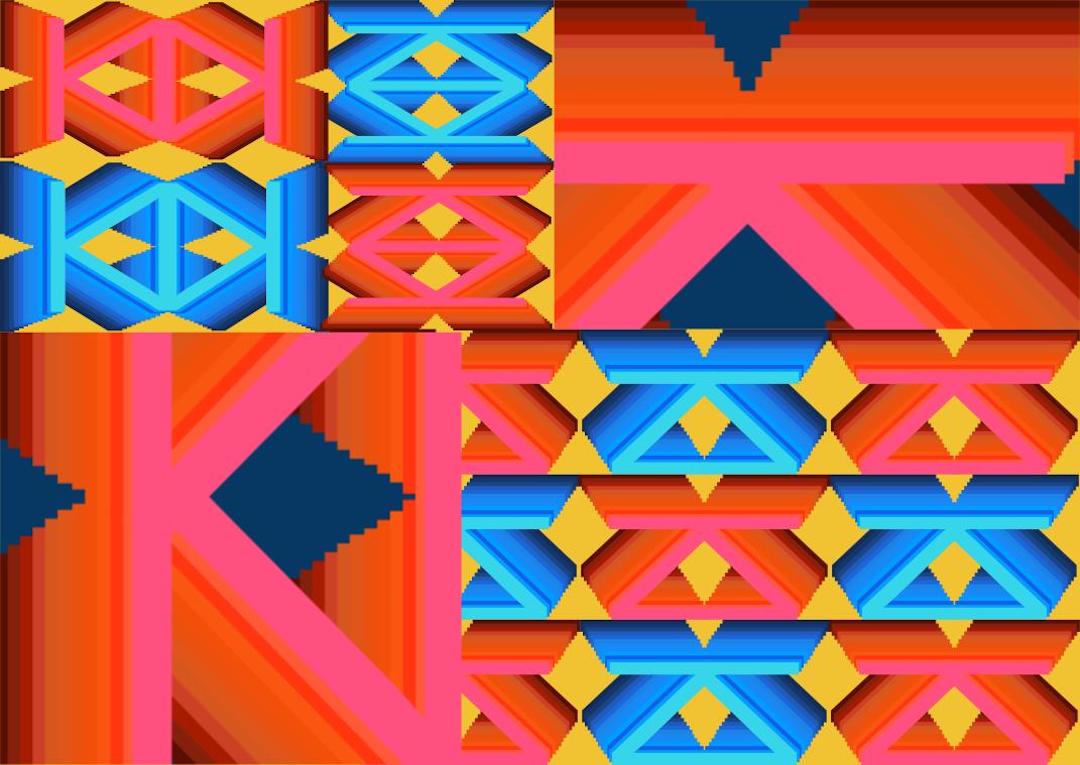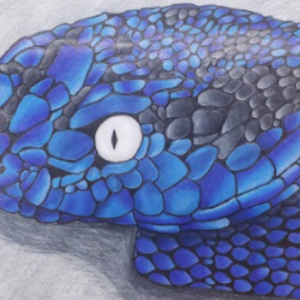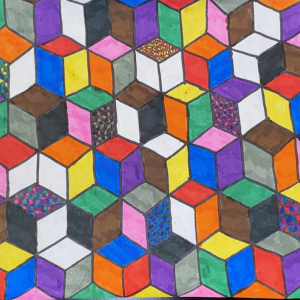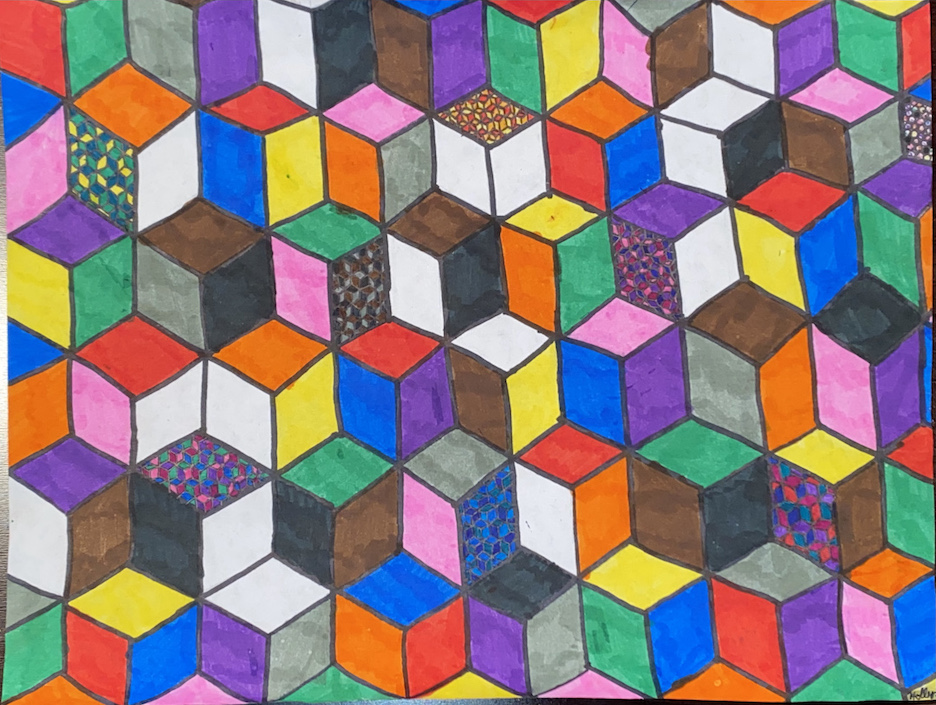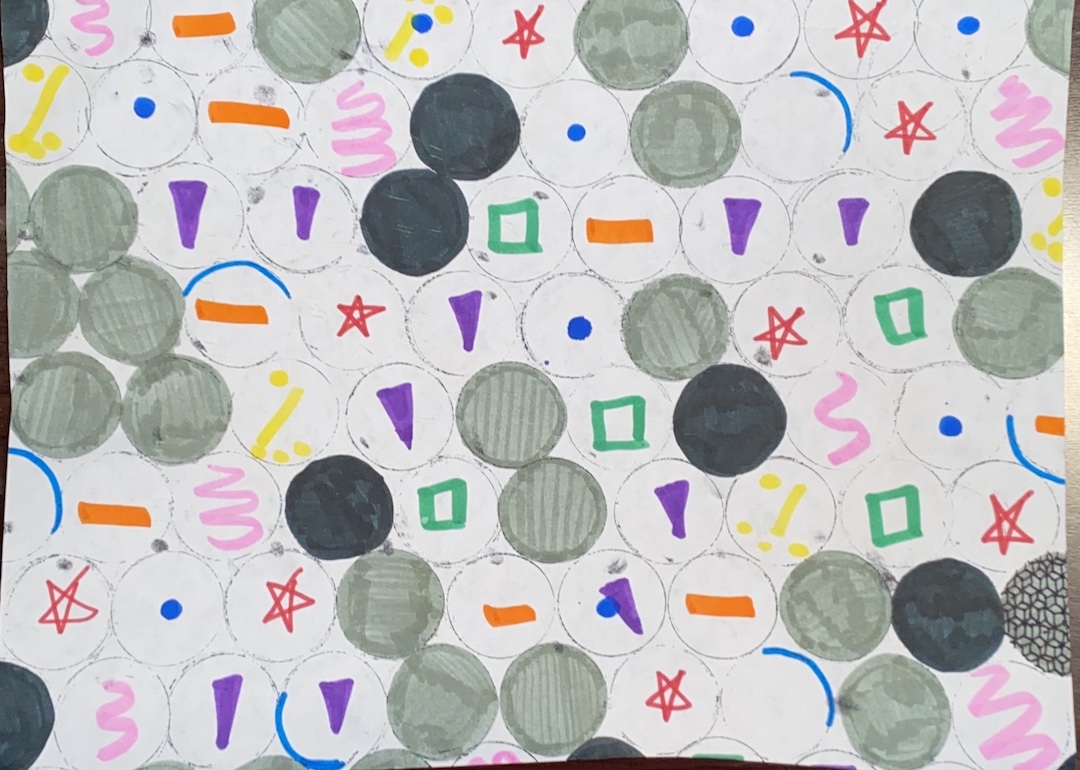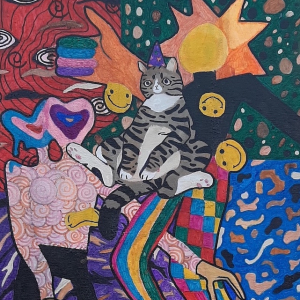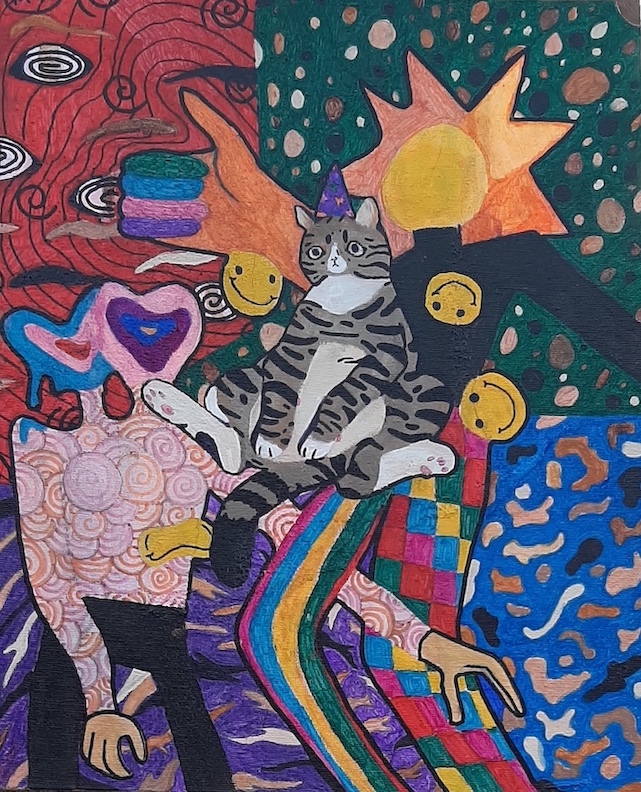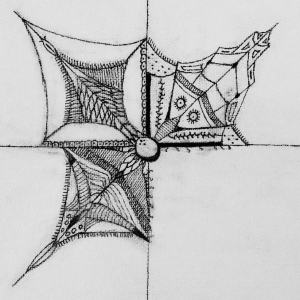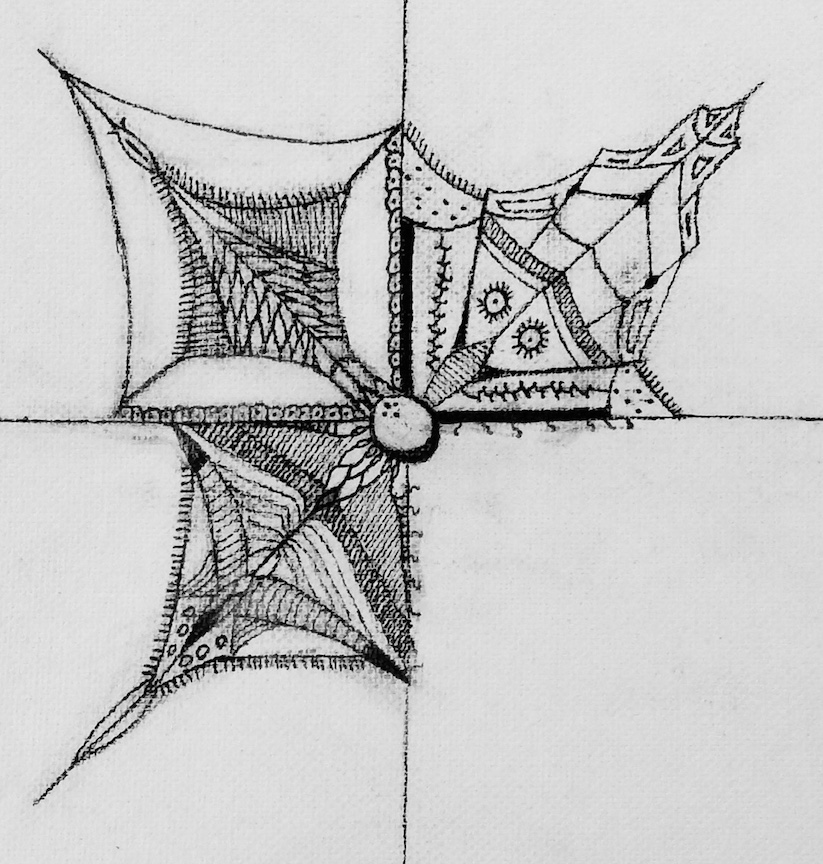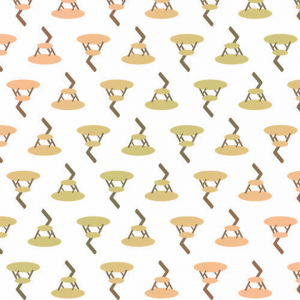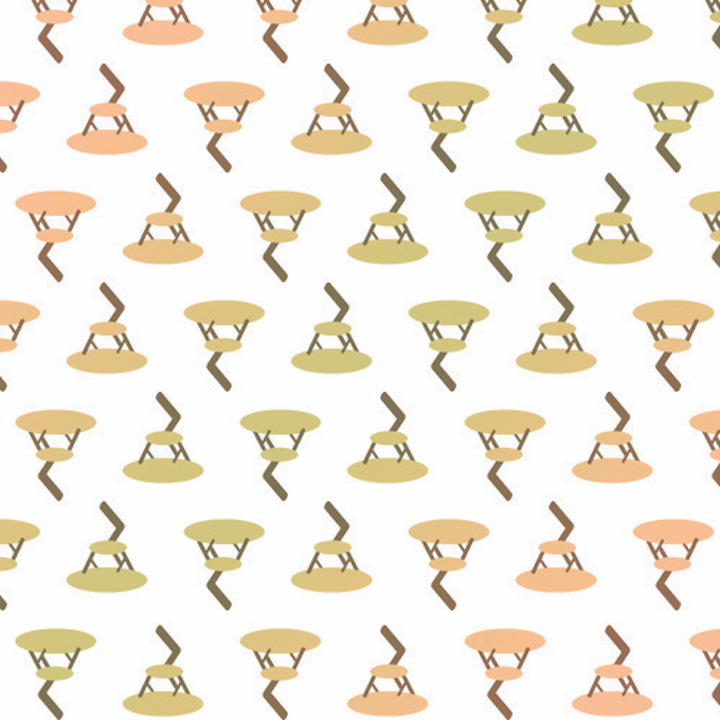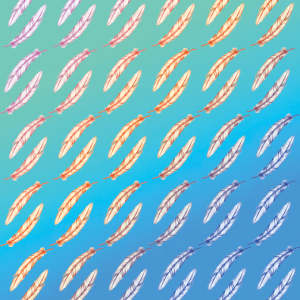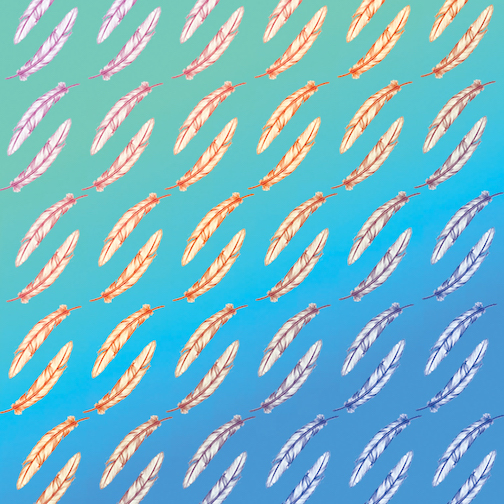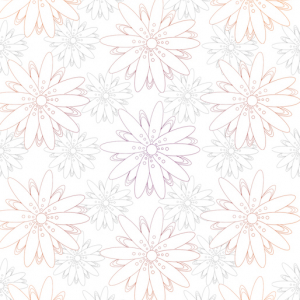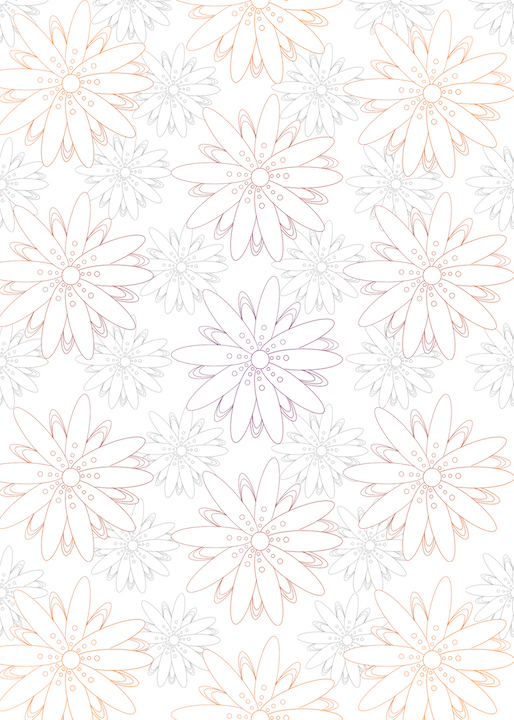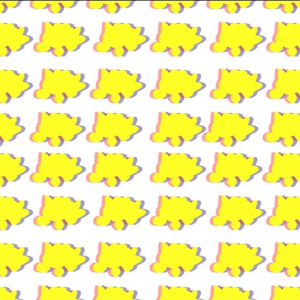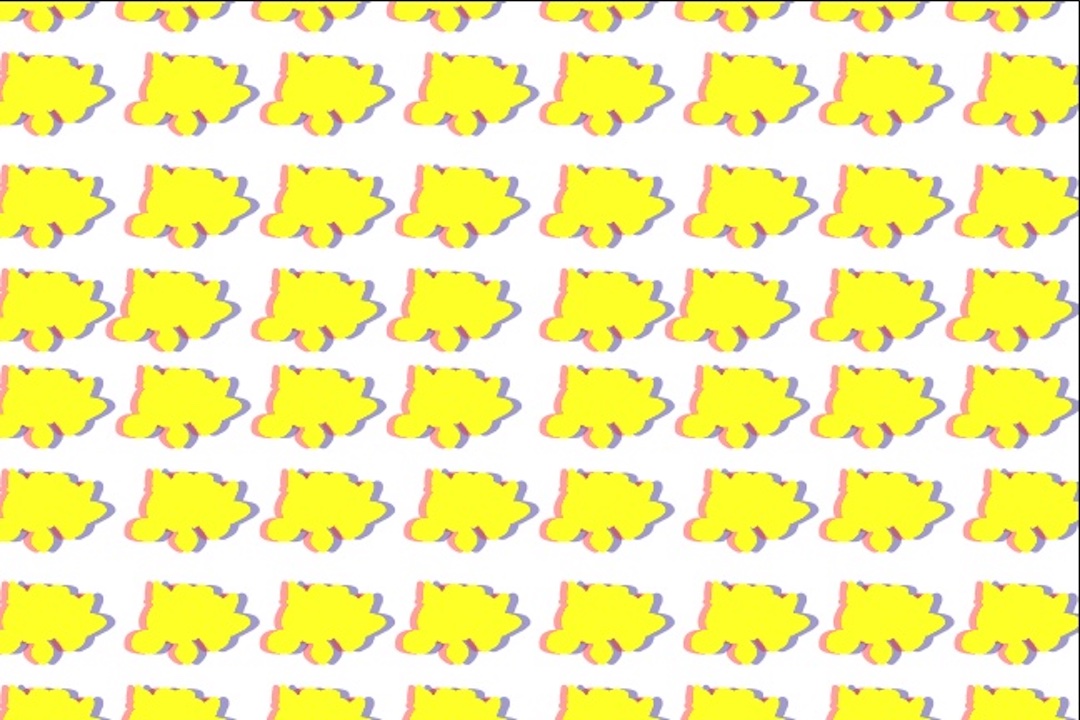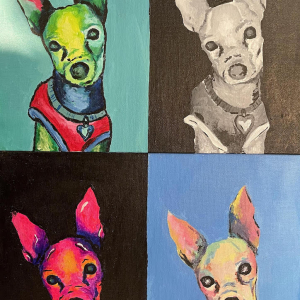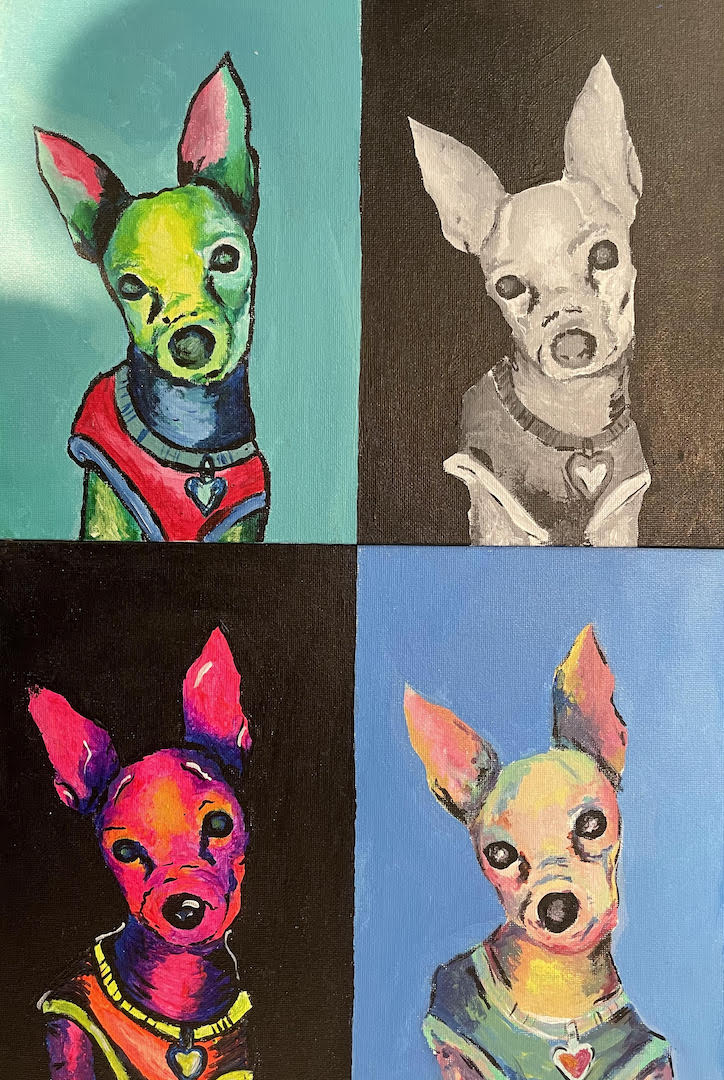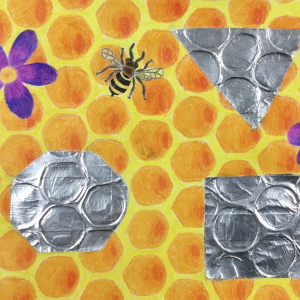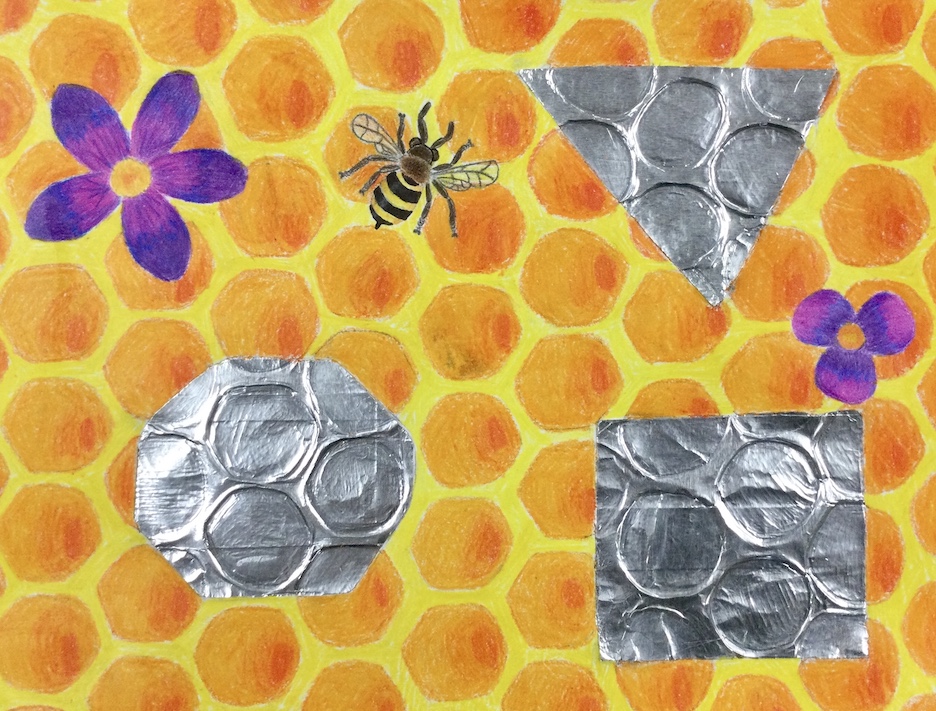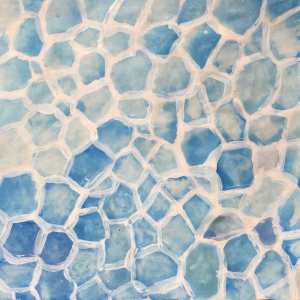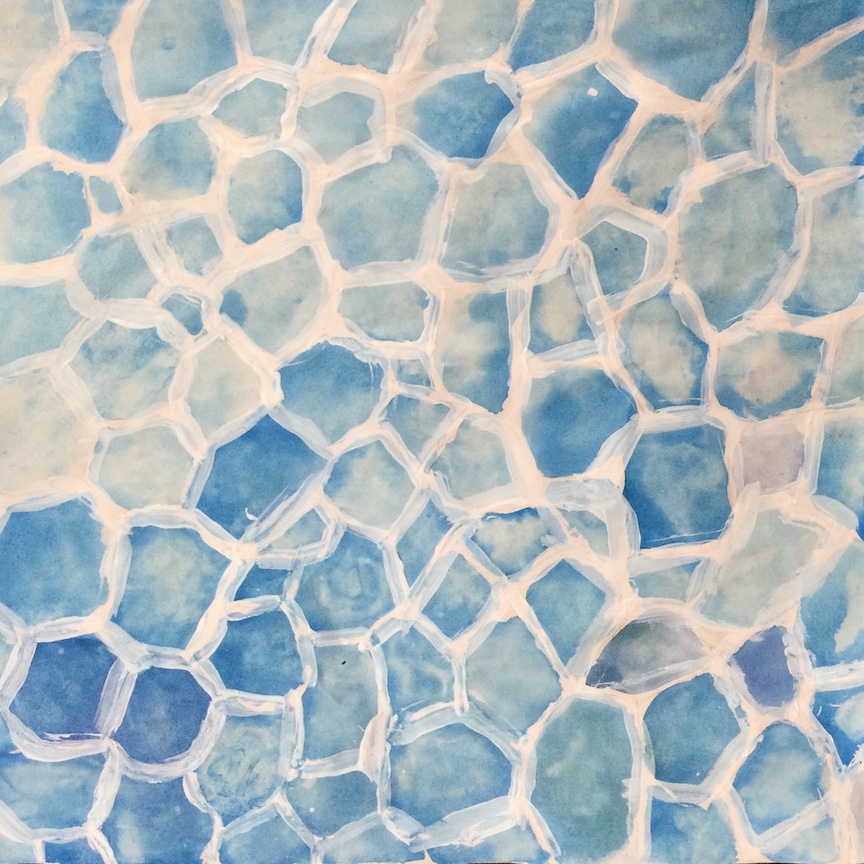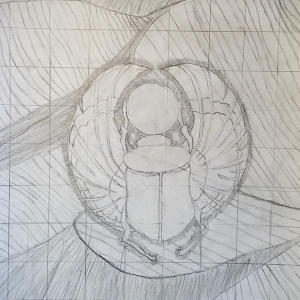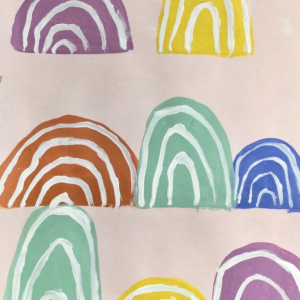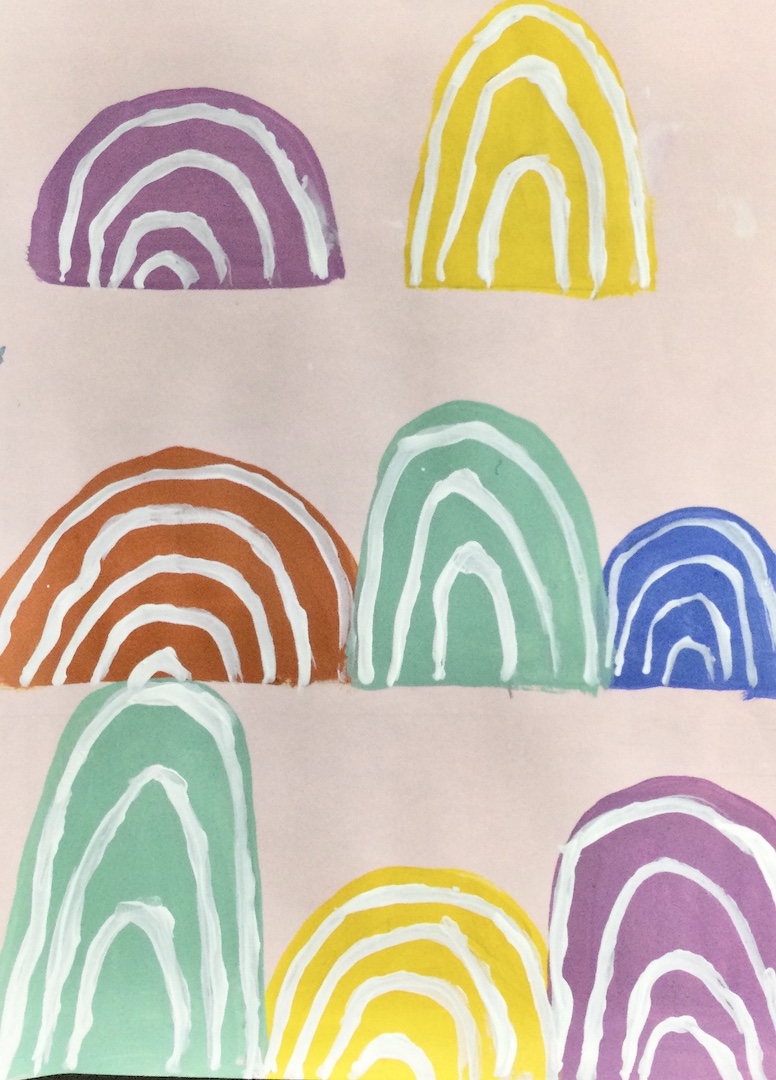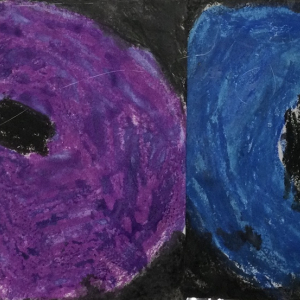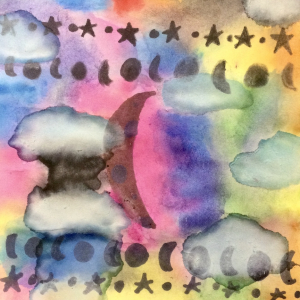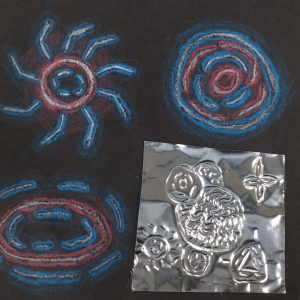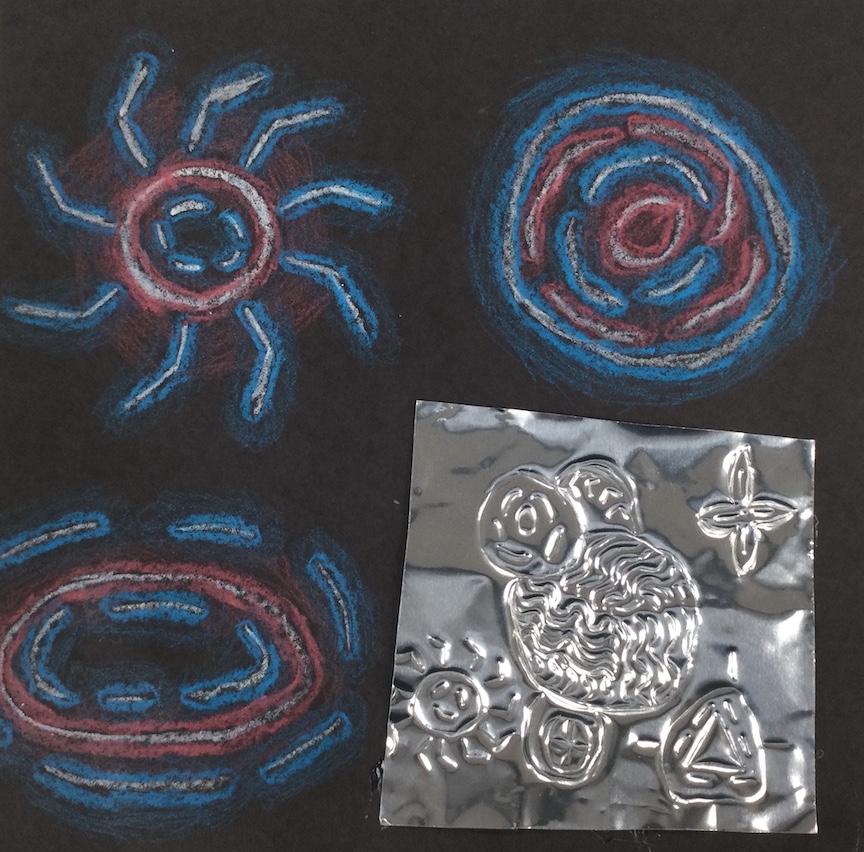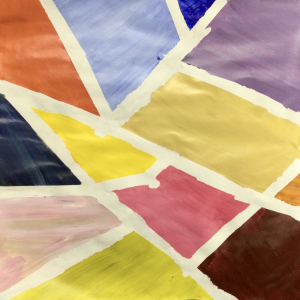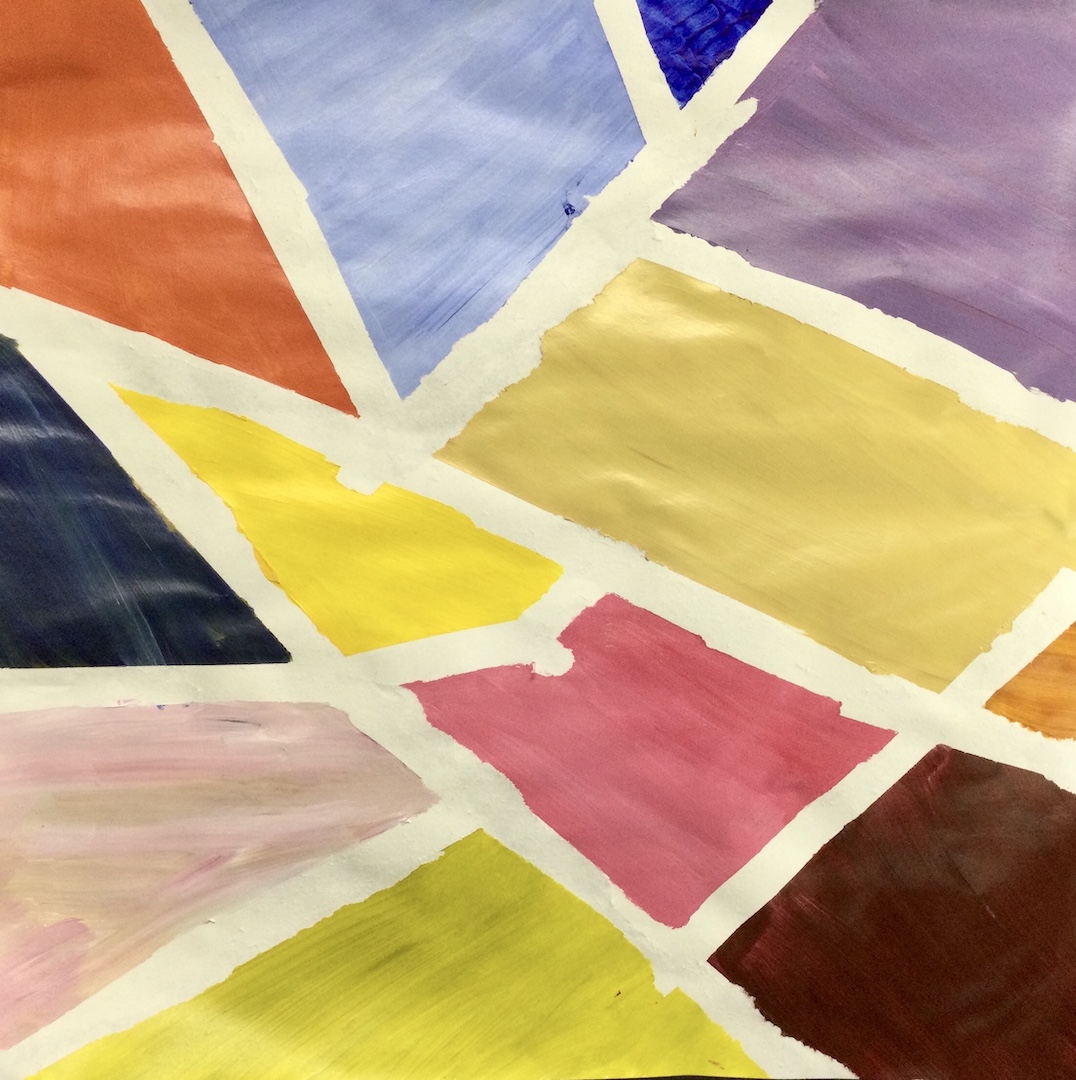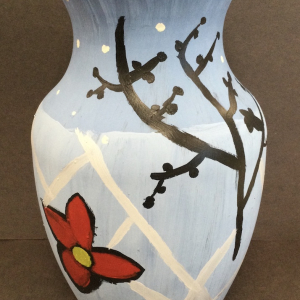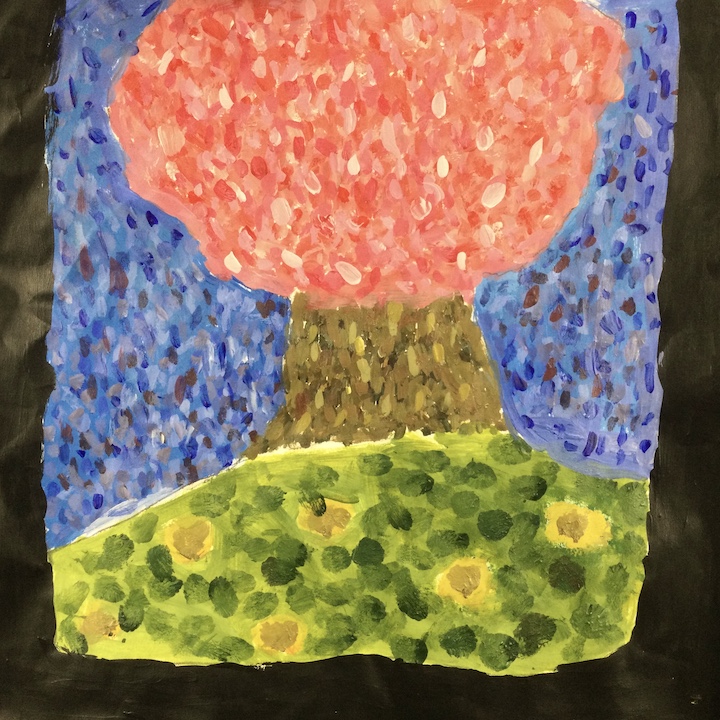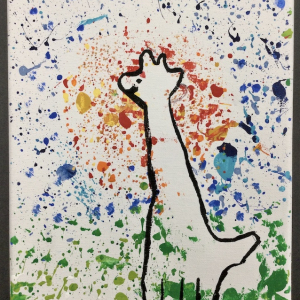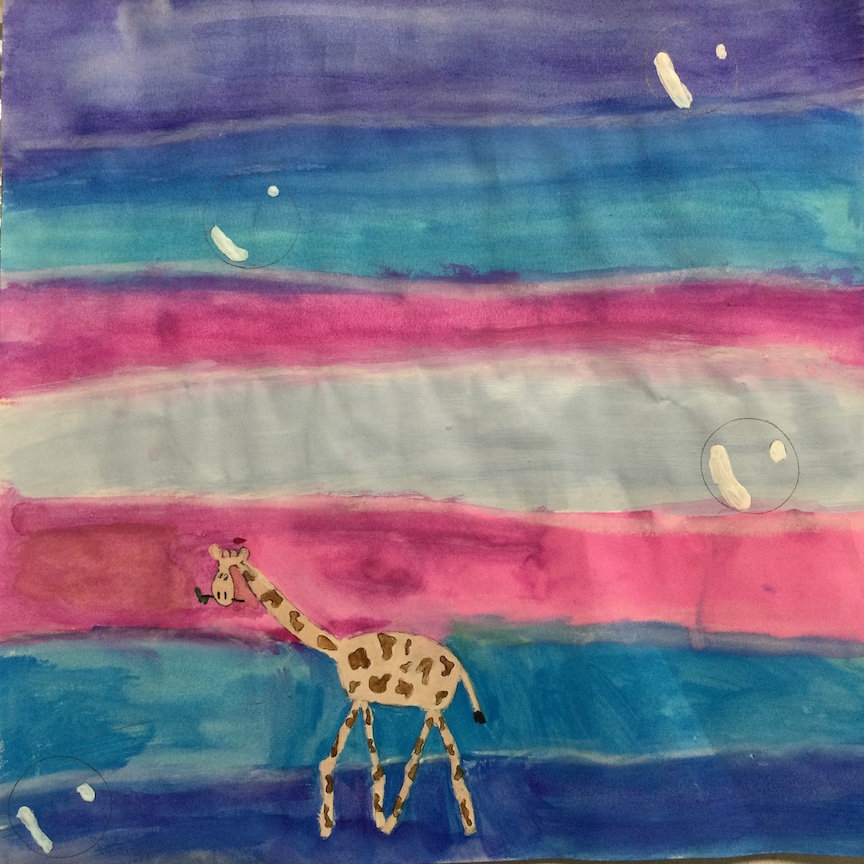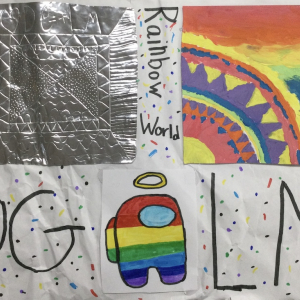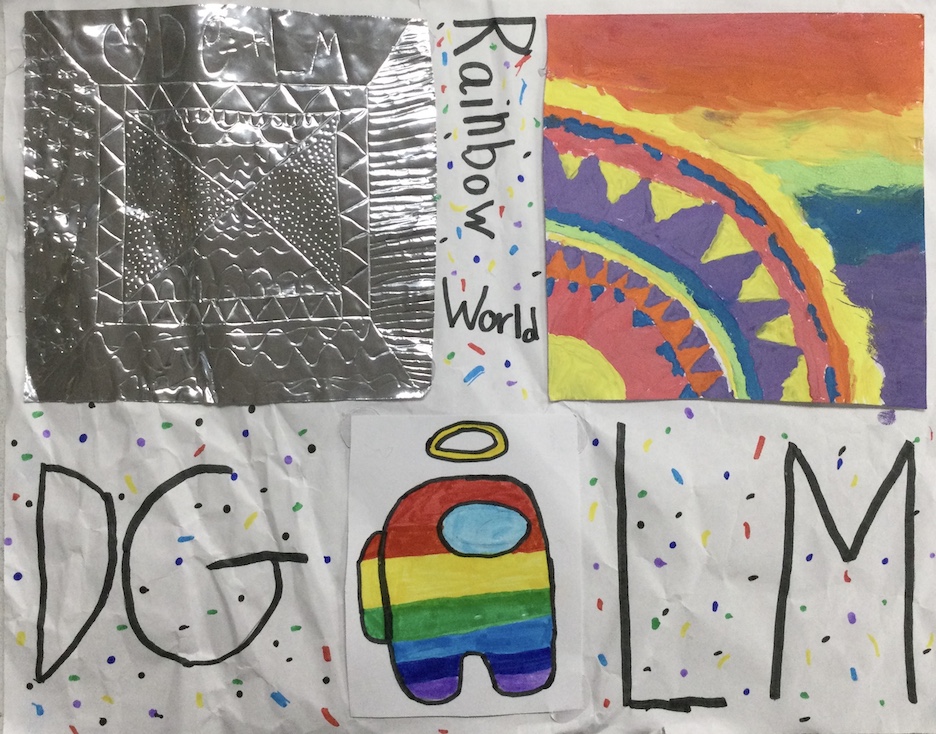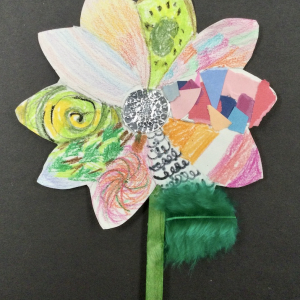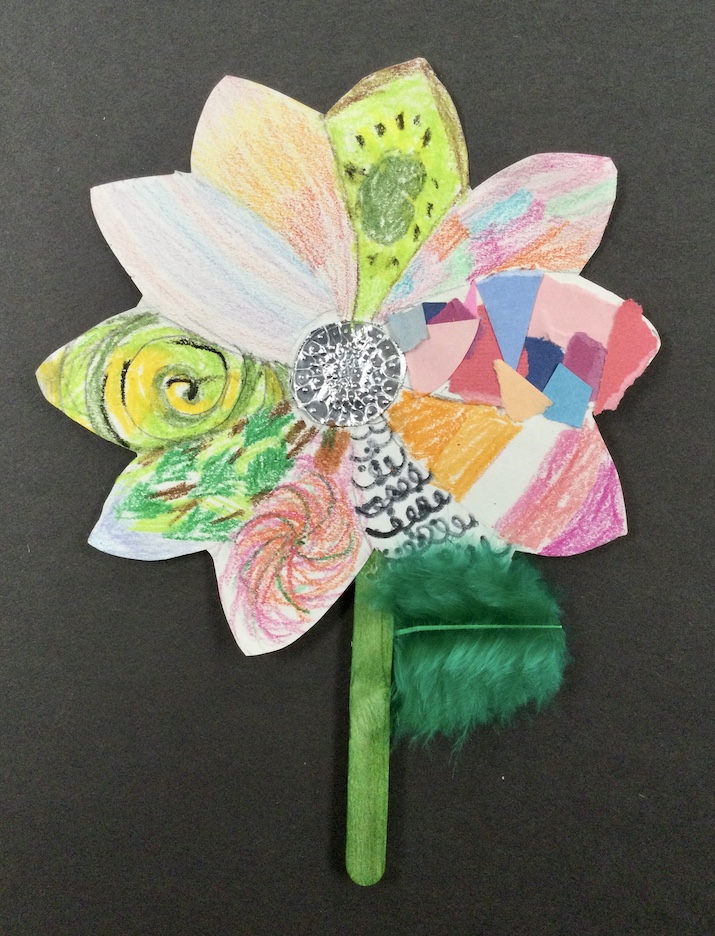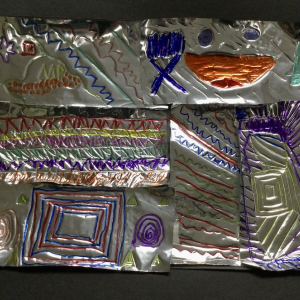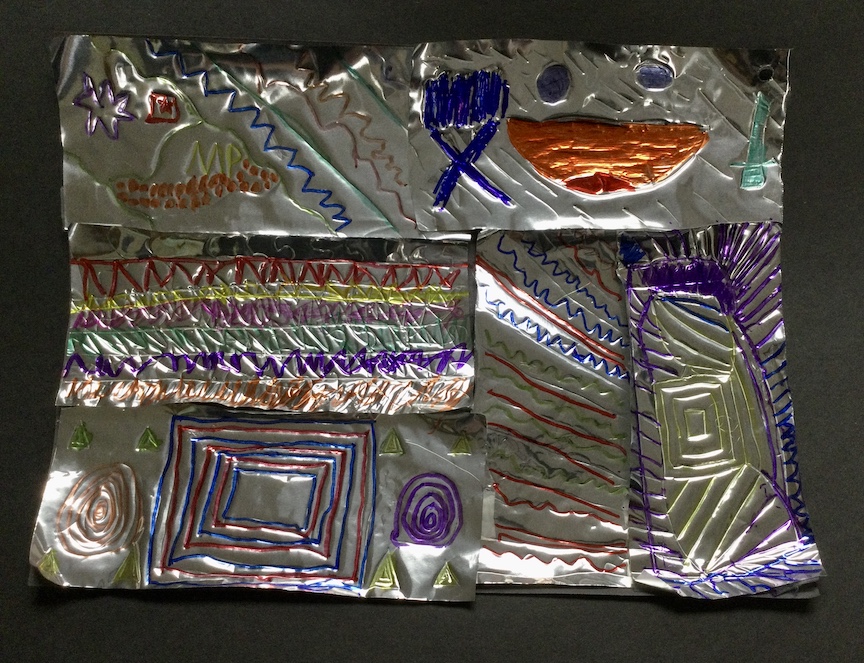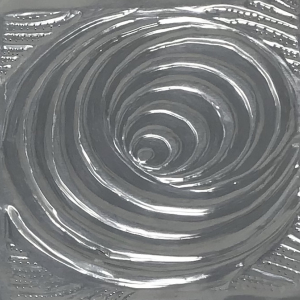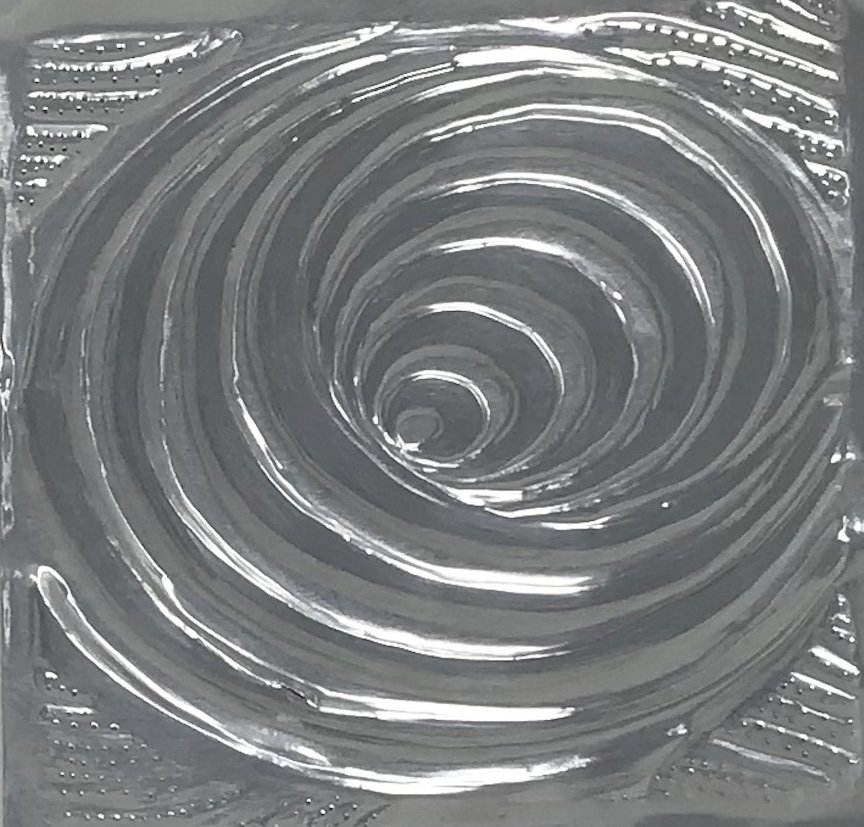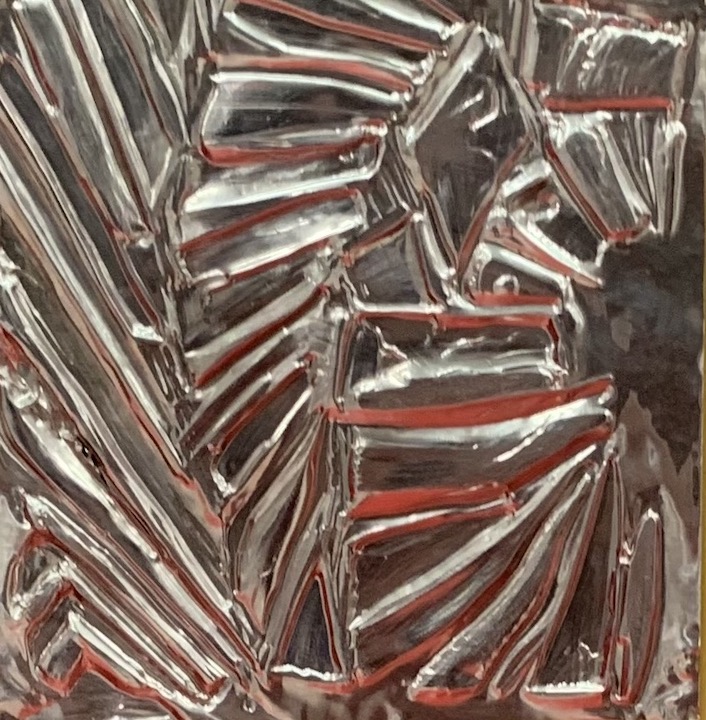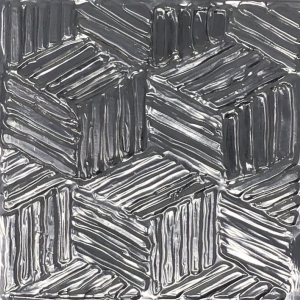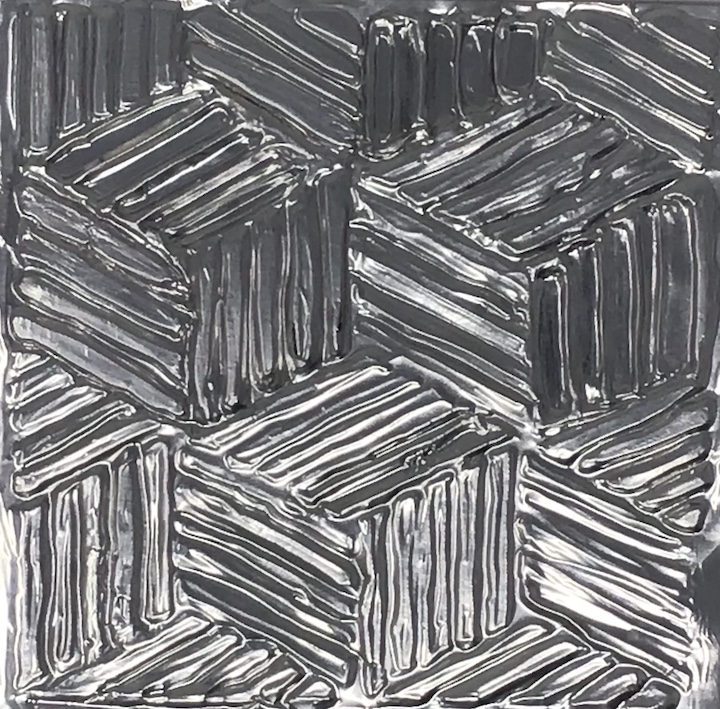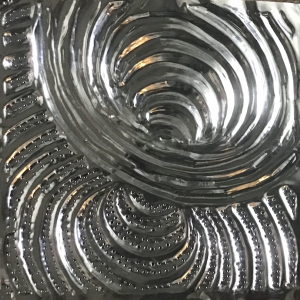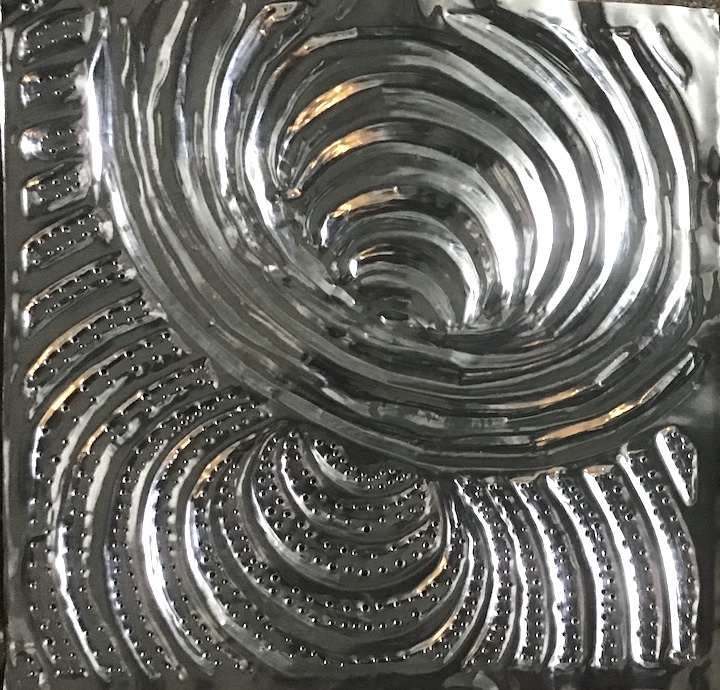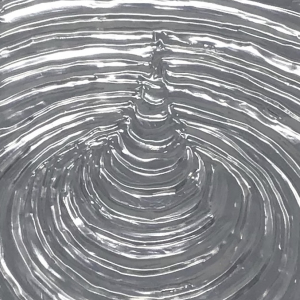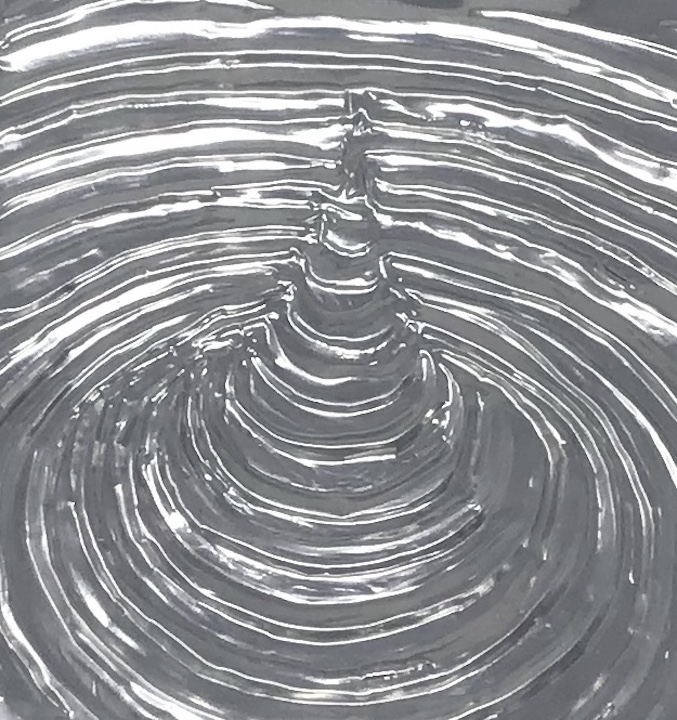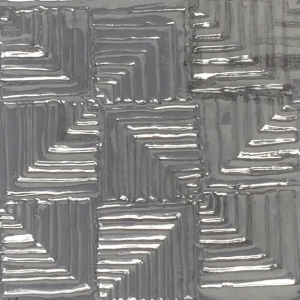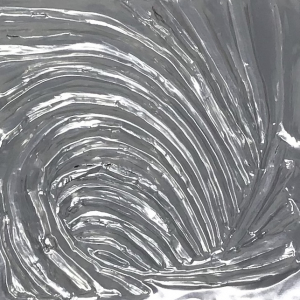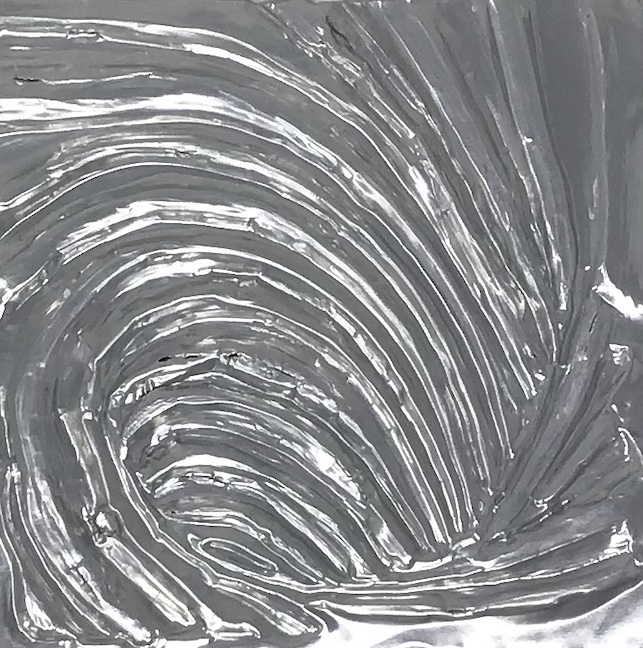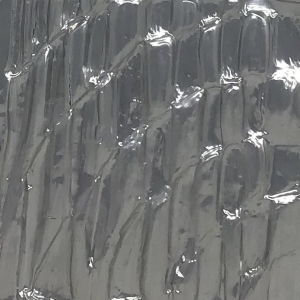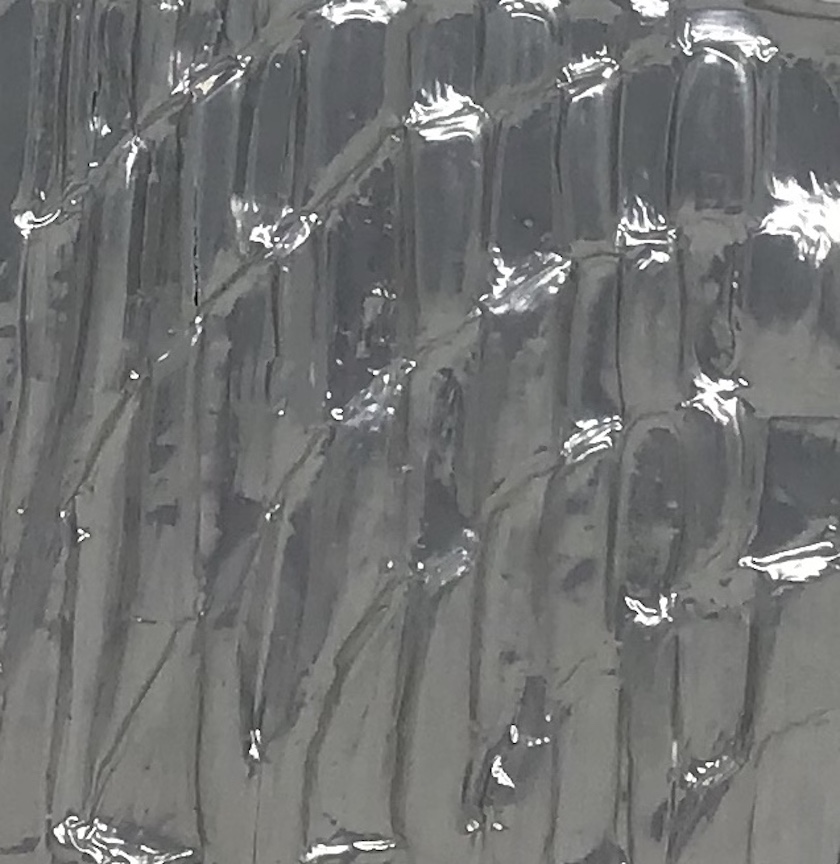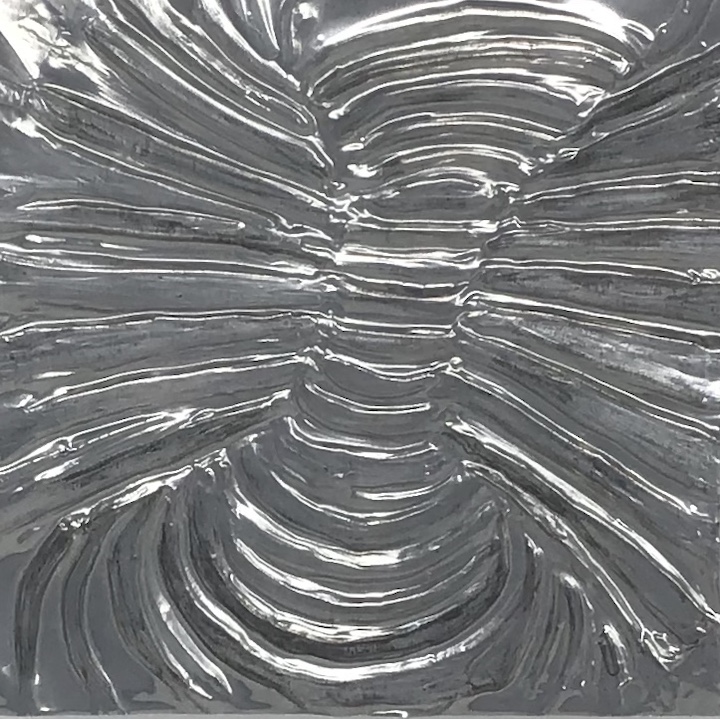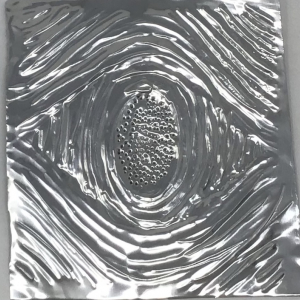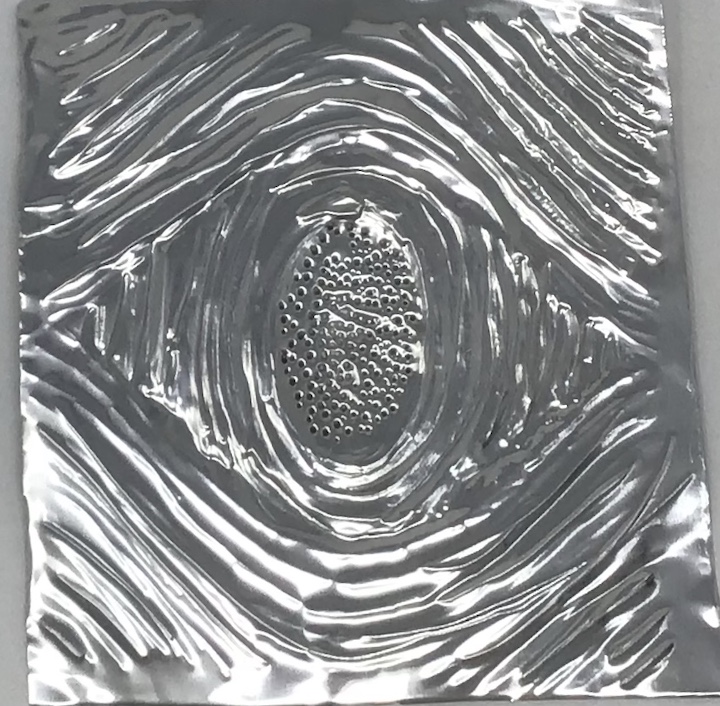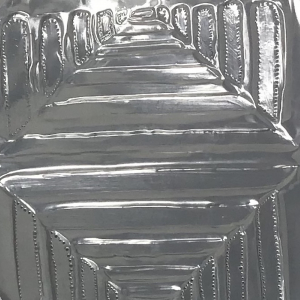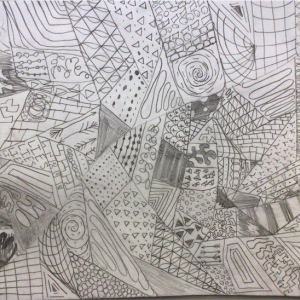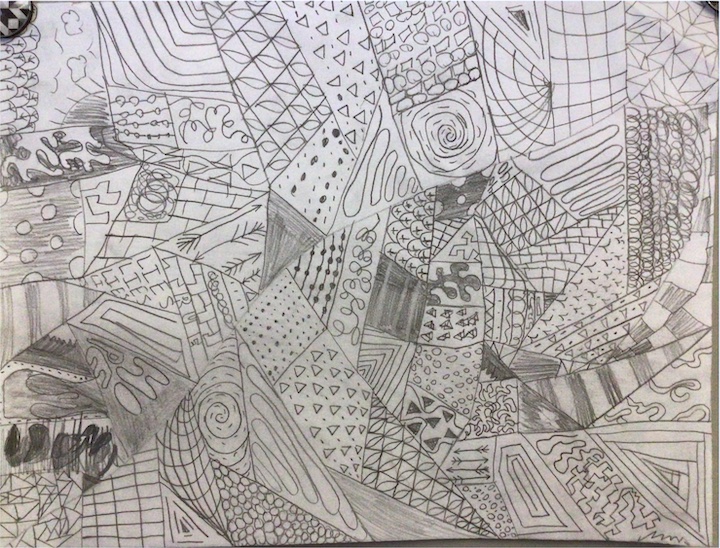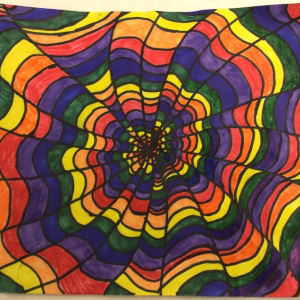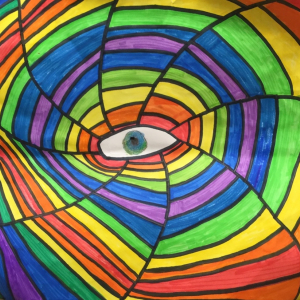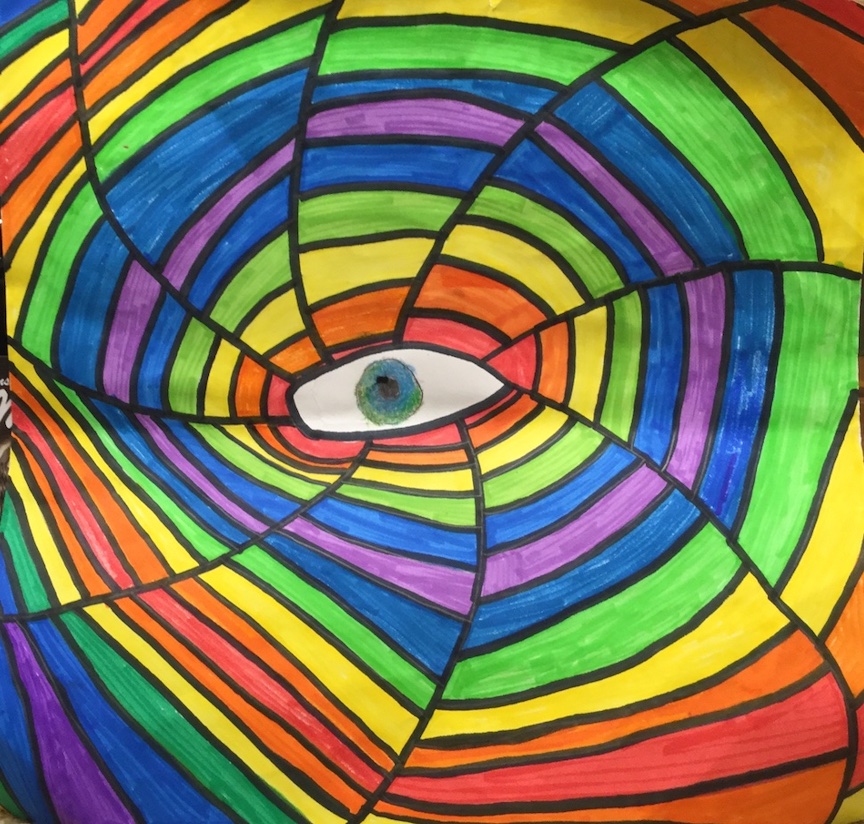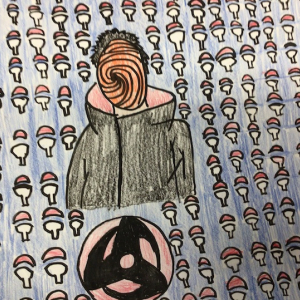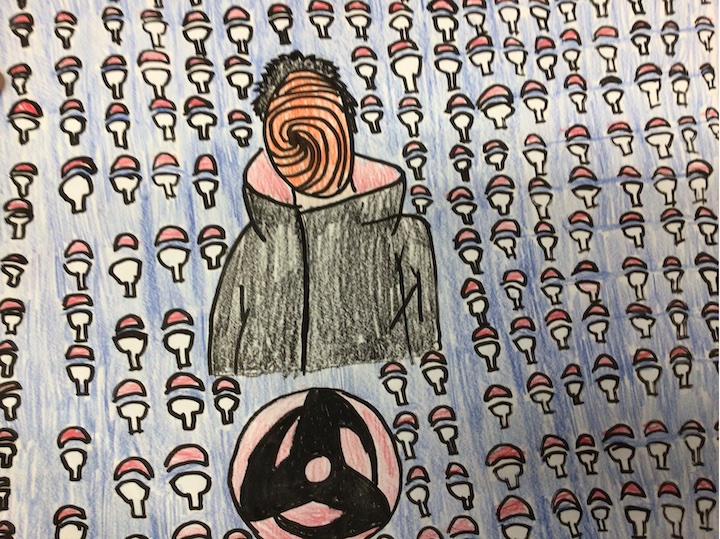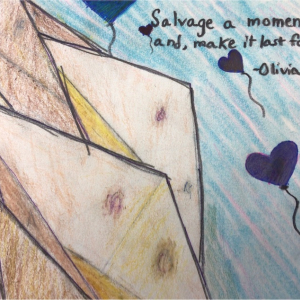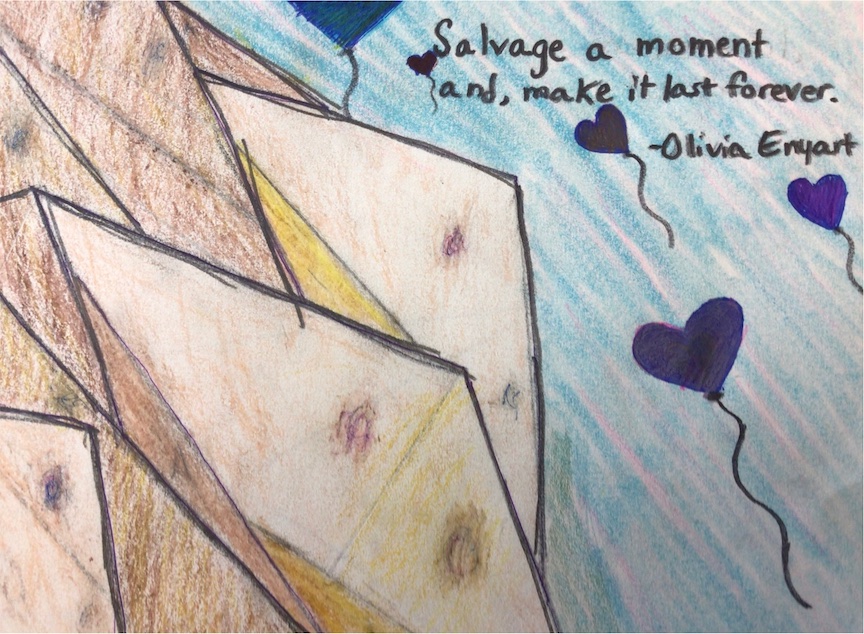February 27 – March 29, 2021
Curated by Assistant Professor of Art Education Samantha Goss and conceptualized with Emeritus Professor of Graphic Design Phil Fass.
Based on an idea first proposed by Constantine (Deno) Curris and Jo Hern Curris, this exhibition as developed by Assistant Professor Goss and Emeritus Professor Fass also takes into account the current pandemic response during which it is not possible to mount an on-site exhibition for public viewing. From these challenges "Structure, Invention and Surprise" emerged as both a student competition and an online exhibition.
This design series itself, which began in the fall of 2018, is named in memory of Elena Diane Curris (1977-2015), the daughter of Constantine (Deno) Curris and Jo Hern Curris. Elena lived in Cedar Falls and attended the UNI Price Laboratory School during the years that her father was president of the university. Throughout her life, she was deeply interested in design. The long-term support for this series is made possible by a generous endowment from Elena’s family to promote the excellence of graphic design education at UNI.
In the fall of 2020, curator Goss organized the above-mentioned competition for sixth through twelfth grade students in Iowa. Art teachers were given a standard entry form and some supporting materials to introduce students to patterns, how they can be used, and how they are inspired. The resulting artwork, statements, and context presented in the exhibition share insight into how form and concept find unique balance in each piece.
Curator’s Statement:
This online exhibition is composed of accepted work from secondary students (sixth through twelfth grade) in Iowa. Art teachers were given a standard artists’ “call for entry” and some supporting materials to think about patterns, how they can be used, and how they are inspired. When considering possible themes for this call it became apparent that pattern could be very interesting but posed unique challenges for this age group and current context. The first challenge for students was identifying, defining, and creating patterns in art and design. Pattern is something we all recognize and know, but there are significant varieties and depths of pattern that are not often in the forefront of our mind in secondary level art education. Additionally, abstraction is challenging at this level and beyond. The artwork, statements, and context presented here share insight into how form and concept find unique balance in each piece.
The students included in this exhibition present their own unique perspective on pattern, producing work that highlights the small nuances in our understandings of pattern. Students were asked to provide information about where they found their inspiration with their submissions through their statements or visual references. I have included some of their statements related to inspiration and creation under their individual work. This was based on supplementary material provided to teachers to show how objects, type, and forms had been transformed into patterns by designers and artists. We have a wide range of work from individuals, groups, and classes to consider in conversations about the role of inspiration and function of pattern.
Beneath each work you will find the name(s) of the artist(s), as well as city and grade if available. The name of their art teacher is also listed. Statements about inspiration where it was relevant. I have included some of my own interpretation related to the larger class submissions before their work.




